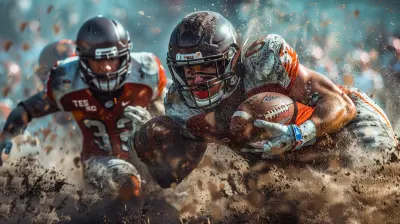How to Master the Pick-and-Roll in Basketball
25 July 2025
If you've spent any amount of time watching basketball — from high school gyms to NBA arenas — you've likely seen the pick-and-roll in action. It’s one of the most effective offensive plays in the game, and when done right, it's downright unstoppable.
But here's the thing: mastering the pick-and-roll isn't about just setting a screen and rolling to the hoop. Nope. It’s about timing, chemistry, IQ, and a touch of creativity. Whether you’re the ball-handler, the screener, or even off the ball, there are little tweaks and reads that can elevate your game.
Ready to take your basketball IQ up a notch and start slicing through defenses? Let’s break it down.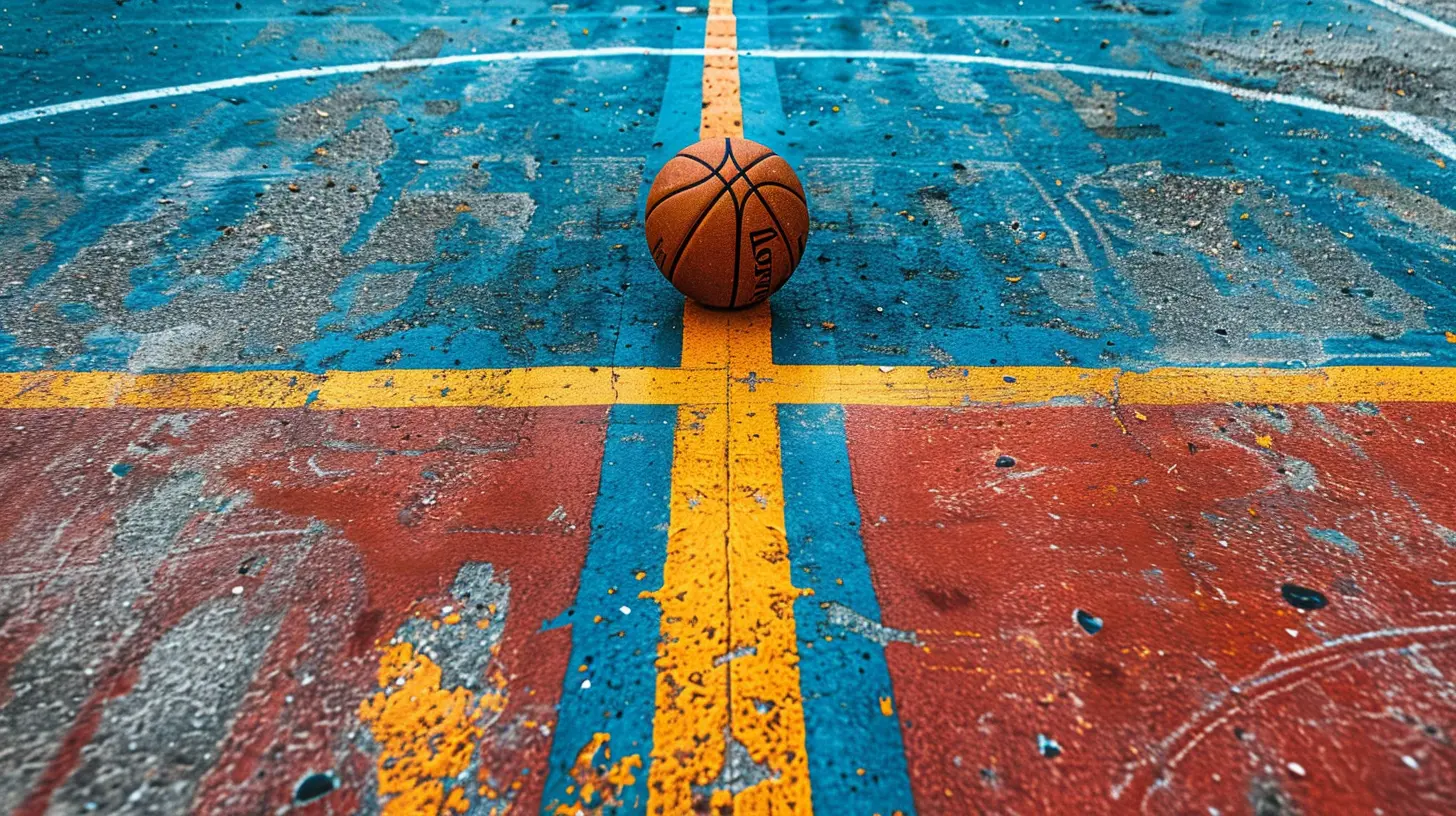
What Is the Pick-and-Roll?
Alright, quick refresher if you're new to the game.The pick-and-roll is a two-man offensive play where one player (the screener) sets a screen for a teammate handling the ball. Once contact is made, the screener “rolls” to the basket hoping for a pass, while the ball-handler uses the screen to create space, attack, or dish the rock.
Simple on paper. But man, the number of things that can go right — or horribly wrong — is staggering.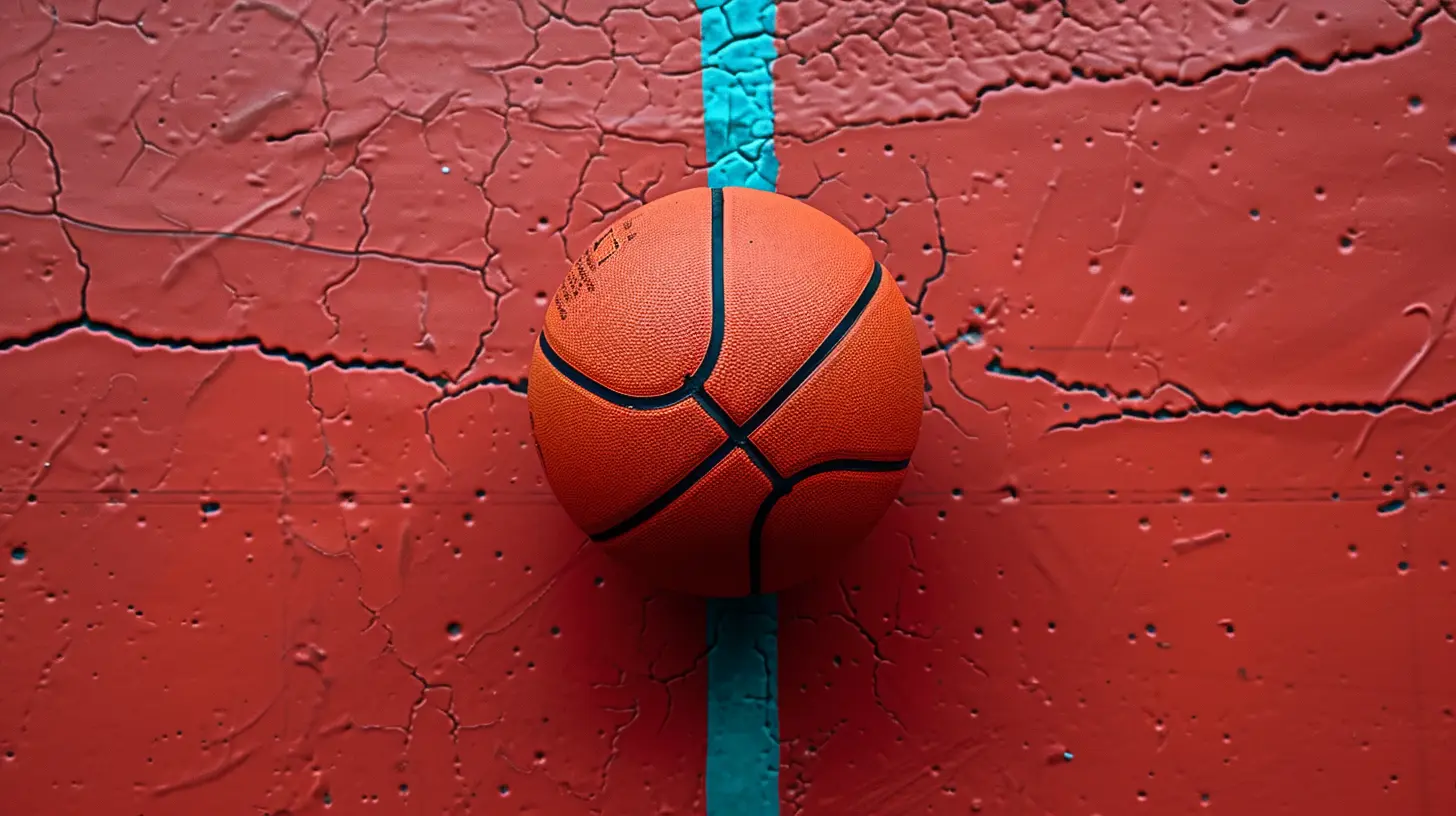
Why Is the Pick-and-Roll So Effective?
Think of the pick-and-roll like a Swiss Army knife — it can do a little bit of everything.- Create mismatches
- Force defensive rotations
- Open up shooters
- Generate high-percentage shots in the paint
The beauty is in its flexibility. Whether you're playing in a pick-up game at the park or running a structured play in organized basketball, it works at every level.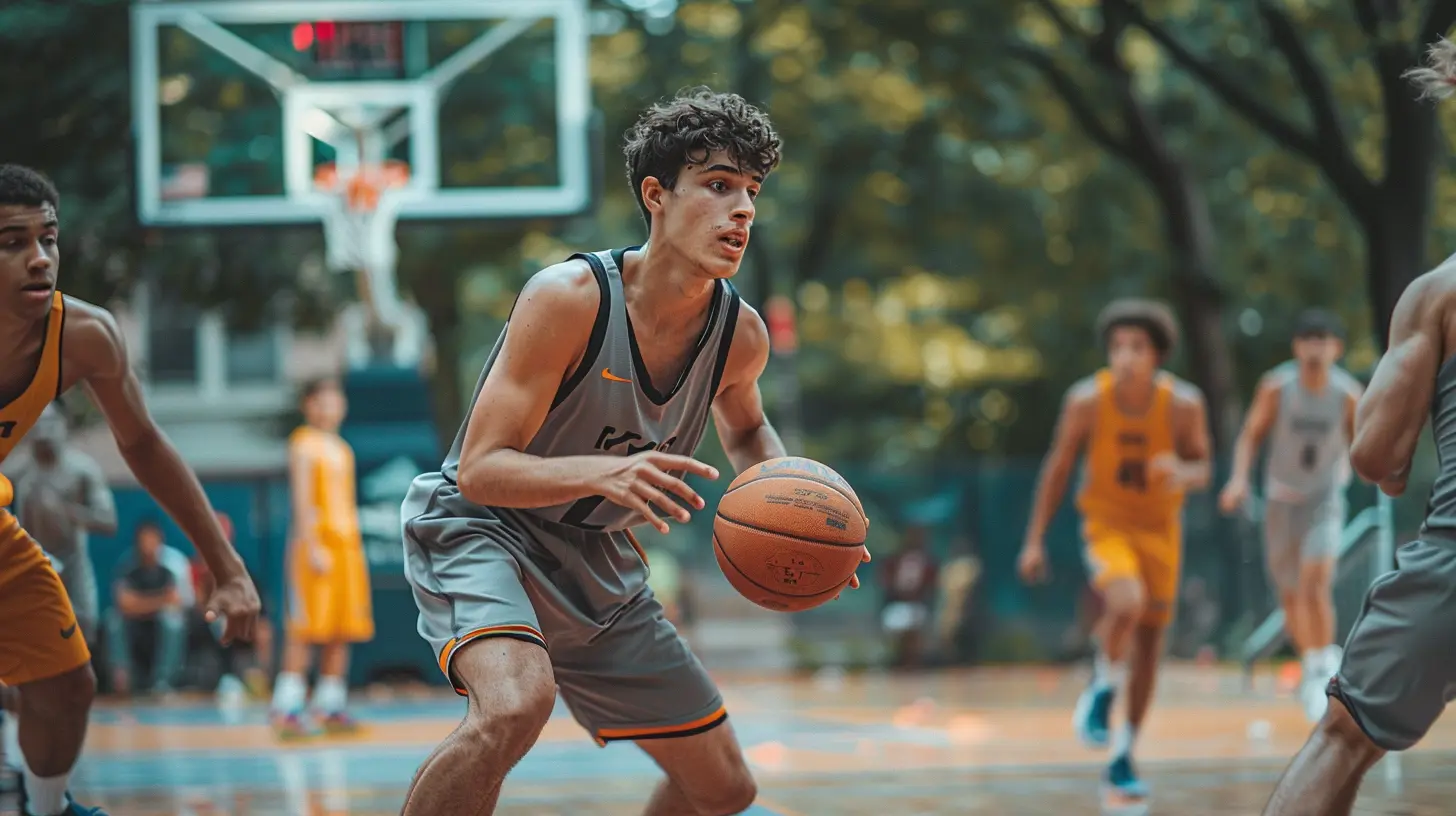
Key Roles: The Ball-Handler and The Screener
To master the pick-and-roll, you’ve got to understand both roles. Let's break them down.The Ball-Handler
This is usually your point guard or a primary scorer. Your job?- Read the defense before and after the screen.
- Use the screen properly (don’t reject it too early unless that’s part of the plan).
- Make quick decisions — shoot, pass, or drive.
The Screener
You’re setting the screen and then making a move — either a roll to the basket or a pop for a jumper. This requires strength, IQ, and timing.- Set a solid screen (feet set, strong base).
- Roll hard or pop with purpose.
- Read the help defense.
No half-baked screens allowed — either commit or reset!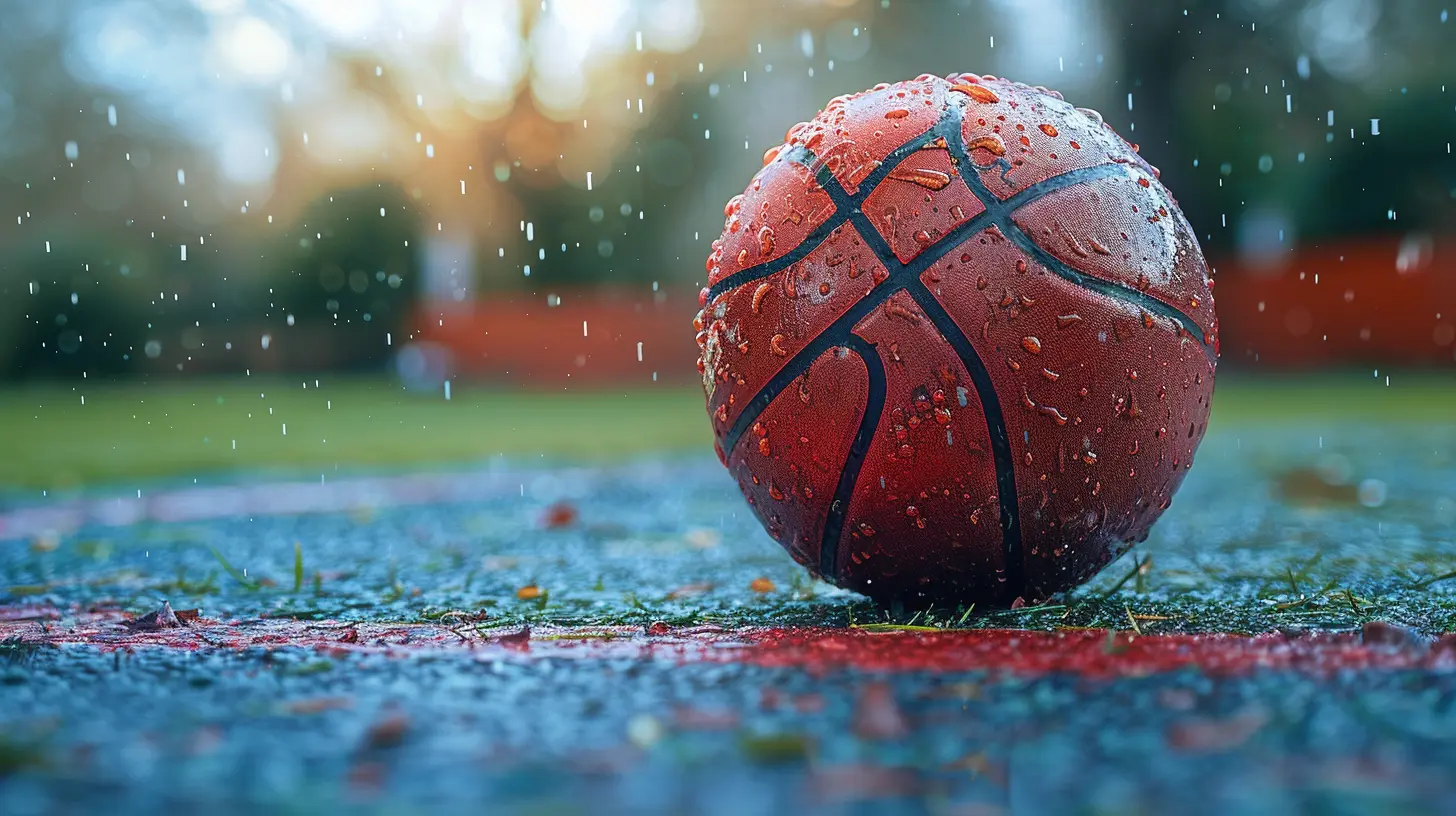
Timing Is Everything
Ever heard that saying “the devil is in the details”? That applies here.Set the screen too early? The ball-handler runs into a mess. Wait too long? The defender recovers. The pick-and-roll is like a dance — both players need to be in sync. You'll start to feel it with reps and chemistry.
Reads and Counters: What To Look For
To really own the pick-and-roll, you need to react quickly based on what the defense throws at you. Let’s look at the most common coverages and how to beat them.1. The Hedge
Defender steps out to stop the ball-handler. What to do?- Ball-handler should split the hedge or drag out the defense, forcing a switch or creating a mismatch.
- Screener should slip if they see the hedge coming too early.
2. The Switch
Both defenders switch assignments.- Ball-handler can attack the mismatch (usually a slower big).
- Screener might post up the smaller defender.
3. Drop Coverage
Big man “drops” back in the paint to protect the rim.- Ball-handler can pull up for a mid-range jumper or float a lob to the rolling big.
- Use patience to manipulate the drop defender.
4. Trap or Double-Team
Two defenders attack the ball-handler.- Ball-handler should pass out quickly — hit the roller or swing the ball.
- Screener should slip and find open space.
Great teams use the pass to punish aggressive defenses.
The Art of the Screen
Okay, let’s talk screen-setting mechanics. It’s more than just standing still.- Angle is everything. Angle the screen toward where you want the ball-handler to go.
- Stay wide and balanced. Keep your feet shoulder-width apart.
- Hands in. No moving or swinging arms — it’s an easy way to get called for an illegal screen.
- Read the defender. Anticipate how and when they’ll fight over or under.
If you’re big, use your size. If you’re smaller, use positioning and quickness.
Developing Chemistry
A great pick-and-roll duo works like a mind-meld. Think Stockton and Malone. Chris Paul and DeAndre Jordan. Luka and anyone. You get the idea.- Talk. On and off the court.
- Practice reps. Run it at game speed.
- Know each other’s tendencies. Is your screener a popper or roller? Does the guard like to pull up?
You don’t need ESP — just attention and effort.
Don't Forget the Off-Ball Players
Alright, this article is all about the pick-and-roll – but everybody plays a role.Smart teams use spacing and movement to make the play even deadlier. If you’ve got shooters in the corners and a smart cutter on the wing? That roll gets a whole lot easier.
So even if you're not in the two-man game, stay active, stay spaced, and be ready to shoot. Defenses collapse fast.
Tips for Guards Looking to Improve
If you’re running the point or love the ball in your hands, here are some key tips:- Change speeds. Keep defenders guessing — slow-fast-slow.
- Use your body. Shield the ball with your body after using the screen.
- Keep your dribble alive. Don’t pick it up too early.
- Sell your moves. Use fakes, hesitations, and eye movement to disorient defenders.
Think like a magician. You’re setting up the defense for misdirection.
Tips for Bigs Looking to Improve
Every successful guard needs a reliable big who knows how to set rock-solid screens and roll with purpose.- Screen with intention. Don’t just go through the motions.
- Roll hard. Even if you don’t get the ball, you suck in defenders.
- Have soft hands. Be ready to catch in traffic.
- Finish strong. Dunk that thing. Or at least don’t bring it down low.
And… free throws matter. You’ll get fouled a lot on the roll.
The Pick-and-Pop Variation
Not a fan of rolling to the rim? No problem.The pick-and-pop is deadly if you’ve got a good mid-range or three-point shooter. After setting the screen, just step out instead of cutting in.
- Great for stretch bigs or wings who can shoot.
- Forces the defense to make an impossible choice: help on the ball-handler or cover the shooter?
Dirk Nowitzki built a Hall of Fame career from it. So did Kevin Garnett. So can you.
Turning Defense into Offense
A sneaky way to get better at offense? Understand what defenders are trained to do.Pay attention to how teams guard the pick-and-roll. What are their habits? Do they always switch? Hedge hard? Drop back?
Once you know their playbook, you can counter it like a chess master.
Practice Drills That Actually Help
Here are a few go-to pick-and-roll drills:1. Screen and Roll Repetition
- Partner up. Run 50 reps of screen and roll in both directions. Focus on timing and footwork.
2. 2-on-2 Live Play
- Put pressure on your reads. Add defenders and work on decision-making in real time.
3. Floaters and Mid-Range Pull-Ups
- Work your scoring options out of the pick.
4. Screener Catch-and-Finish
- Practice catching and finishing through contact. Use pads or resistance.
Reps, reps, reps. That’s how you get polished.
When The Pick-and-Roll Goes Wrong
Spoiler: it won’t always go great.You’ll turn the ball over.
You’ll whiff a screen.
You’ll miscommunicate.
And that’s okay.
The key is to learn from each rep. Watch film if you can. Talk it over with your teammates. Tweak your angles. Adjust your spacing. Repetition is where mastery lives.
Final Thoughts
The pick-and-roll isn’t just a play — it’s a mindset. It’s about creating options, reading defenses, and playing smart. Whether you’re the guard dropping a dime or the big man crashing through defenders, every detail matters.Mastering it takes time, but once you’ve got it down? Defenses will be scrambling trying to stop you.
So get in the gym. Grab a teammate. And start running it until it feels like second nature. Because when it's all clicking? It's poetry in motion.
all images in this post were generated using AI tools
Category:
TacticsAuthor:

Nelson Bryant
Discussion
rate this article
1 comments
Coral McAnally
Mastering the pick-and-roll isn't just about technique; it's a dance of instinct and strategy. Every screen set carries the weight of decisions made in a split second. What secrets lie between the movements? Dive deeper, and you may uncover the hidden dynamics that separate the greats from the merely good.
August 8, 2025 at 2:47 AM

Nelson Bryant
Absolutely! Mastering the pick-and-roll blends instinct, timing, and strategy, revealing the intricate dynamics that elevate players from good to great.

